16. Vera Drake (2004)
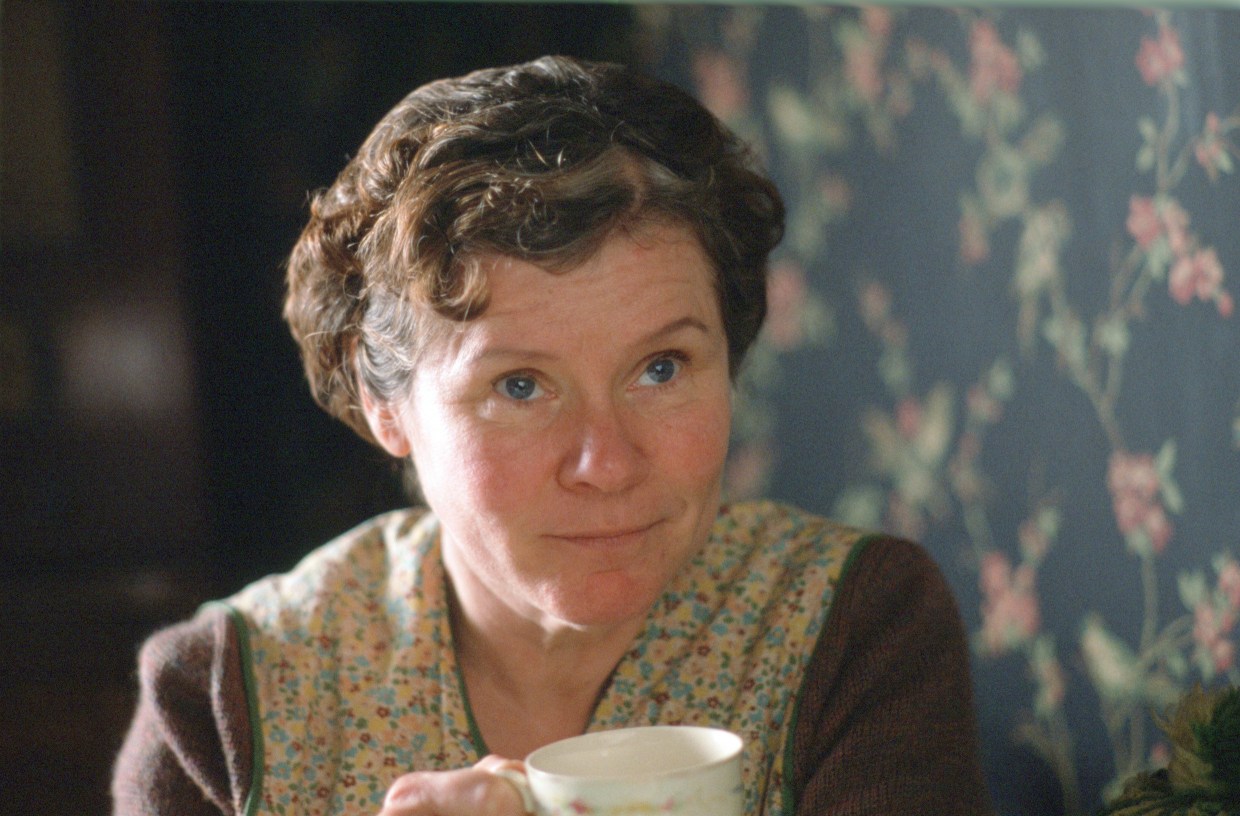
Britain’s Mike Leigh has always had a refreshing desire to render honest portrayals of British life in his films (the kind of portrayals which run contrary to the genteel pictures painted of life in that part of the world for so many years).
This is evident even in his period pieces, which always show that the past wasn’t all that different from the present in many fundamental ways. One of his best films was a period piece which painted a truthful portrait of an event which was a jarring blow to British society in the 1950s. In 1950 a woman named Vera Drake was arrested and convicted of having performed some 150 illegal abortions.
The shocker was that Mrs. Drake was no hardened criminal who was out to grab money while butchering young women but a very kind and matronly wife and mother who was a cleaning lady and who took no money for what she did on the side. Why, then, did she do it? Simply put, she thought it was a good thing to help women, not all of them young or single, who needed help and had no other avenue for that help.
The point Leigh makes so well with this film, which doesn’t really take sides on the rightness or wrongness of abortion per se, is that Mrs. Drake, who had no medical training, also had no right to decide to go outside of the law and endanger the women she sought to help (and her downfall came about thanks to the near death of one young woman).
Leigh does, however, vividly depict lower middle class society of the England of that period, which, with its lack of opportunities and alternatives, bred such situations as the one involving Mrs. Drake and the women.
As indicated by the title, the film, for all of Leigh’s skillful handing as director and writer, was dependent on its lead performance. He astutely chose unknown but experienced veteran actress Imelda Staunton, a matronly woman of a certain age, who had never had anything like a showcase role, for the lead. She was superb and was launched on a fine career as a first-rate character actress. She and the film were the recipients of many awards and nominations (including ones from the Academy for her and Leigh).
17. A Very Long Engagement (2004)
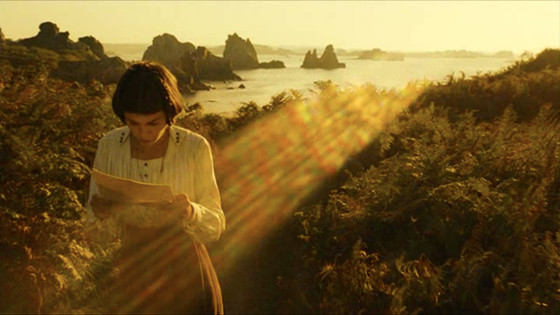
It was a pretty safe bet after the success of Amelie that director Jean-Pierre Jeunet and actress Audrey Tautou would collaborate again. However, the surprise was the project which reunited them. Perhaps every clown does have to play Hamlet at least once and this time the director abandoned his wildly idiosyncratic world for once for a much more conventional one, albeit one not without winding detours and unexpected menaces of its own.
Based on a novel by Sebastian Japsirot, which was well known in France, the story takes place during World War I. As a punishment for trying to escape combat by mutilating themselves, five war ravaged soldiers are sent into No Man’s Land and all supposedly die. The fiancé of one the men, Mathile (Miss Tautou), who is crippled from polio and had a very close relationship with her fiancée Manech (Gaspard Ulliel), refuses to believe this fact.
It turns out she is correct and that Manech, who has lost his memory completely, has been sent to a hospital in Paris but the authorities, for very corrupt reasons of their own, have no intention of cooperating. Mathile also grows close to the survivors of the other four men and comes to know those soldier’s stories as well. Jeunet doesn’t insult the audience with a miraculous happy ending but he does leave hope.
This was not the kind of film the faithful expected from the director and certainly not what was expected from the director-actress combo in the wake of their big success. However, true artists don’t think that commercial and easy way and this was a truly worthy follow-up, not some rehash. No, it didn’t completely please the crowd but it has grown in stature in the years since. Time tends to equal things out and A Very Long Engagement may well find time to be on its side.
18. L’Enfant/The Child (2005)

After the success of 1999’s Rosetta, film making brothers Jean-Pierre and Luc Dardenne were set on the path to success and were determined to make other such gritty, relevant films about the fringes of European society. They had a hit with 2002’s Le Fil but did even better with L’Enfant, which, like Rosetta, won the Palm D’Or at Cannes.
As with Rosetta, the story examines young people with very little in the way of hope or options. Bruno (Jeremie Renier) is 20 and gets by committing petty theft and other such crimes. Sonia (Deborah Francois) is 18 and is living on welfare, due mostly to the fact that she is pregnant. Bruno sees the baby not so much as their child but as an opportunity to get ahead by selling the child to a black market adoption group he has joined.
Though her life alone with the baby has been immensely hard and bleak, Sonia is horrified and wants the baby back. Bruno manages this and the act might be the heartwarming climax of another sort of film. However, in the harsh world the Dardennes, this only sets a terrible chain of events in motion. Like Rosetta, this was recognized as a great naturalistic piece of work and it garnered many awards. It may not have been a crowd pleaser but it is a fine work of art.
19. Joyeux Noel (2005)
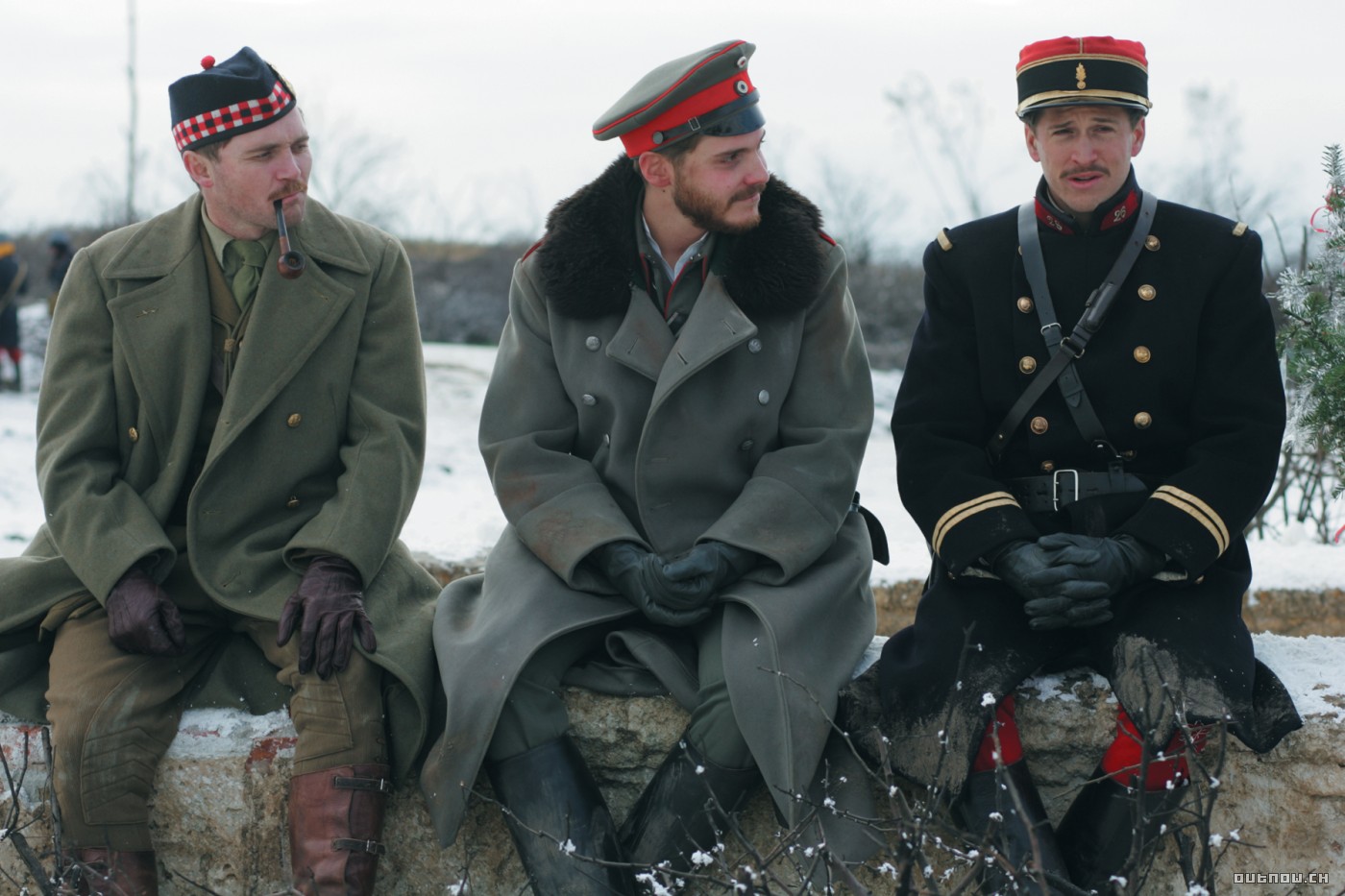
Perhaps the turmoil so widely set in motion by the fall of the Iron Curtain and the restoration, or attempted restoration, of so many ancient territories and boundaries resurrected thoughts and ideas which examined the long ago events which brought so many later conflicts to a head in the aftermath of World War I.
One of the most interesting films to look at this moment in time was the Oscar nominated hit Joyeux Noel, a sweeping historical epic that looked at the horror of war through a small moment in time in which humanity was evident.
In December of 1914, the first Christmas of the war, the German Kaiser Wilhelm sent a famous tenor to entertain the troops. The opposing French forces on the other side of no man’s land heard him and stood to applaud. Joined by troops from Scotland, the various factions created a very short Christmas truce and sang joyful religious songs together. It was lovely but the war soon enough resumed with a vengeance (and there was never another truce until the one ending the war).
The film looks at the sad fact that those participating in the truce were looked upon as no better than traitors and that the officials thought this tender moment obscene. The critics were a bit divided and many thought the film overly sentimental. However, many more recognized that it was a about a sentimental event which took place just as the world was about to harden into a much colder and tougher place and the characters wouldn’t behave quite as modern people.
Director Christian Carion has not had a prolific career to date but the few films he has made show that he has a pronounced interest in the in depth study of history, especially 20th Century history. This, married to a fine pictorial sense, makes him someone to watch for the future.
20. The Wind That Shakes the Barley (2006)
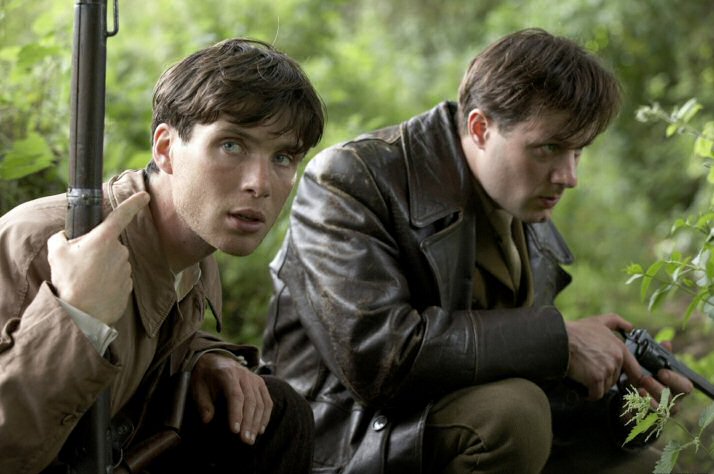
Perhaps the most profound and turbulent on-going conflict Great Britain has faced in the 20th and 21st centuries has been the seemingly endless guerilla warfare Ireland has waged to be free of English influences and presence.
One of the bravest and best social critics in British cinema from the 1960s to the present has been the esteemed Ken Loach (who won his second Palme D’Or during the writing of this article). Who would be a better choice to make a meaningful film on this subject? The resulting film, The Wind That Shakes The Barley, proved to be a worthy result.
Set during the infamous “Black and Tan” war of the 1920s, the story follows two brothers, Damien (Cillian Murphy) and Teddy (Padraic Delany), who both love Ireland but have different ideas as to how to help their native land. Damien is an adamant fighter and officer in the outlawed Irish Republican Army while Teddy, a doctor, wishes to find a peaceful political solution. The resulting conflict will prove to be complicated and complex indeed with few left standing at the end and none unscathed.
The film takes the view that it does not have any solution to a problem which has baffled generations but that it sees the tragedy the situation has caused over and over again. This sympathetic view did not make the film popular in England and only success in other places, especially the Palme D’Or at Cannes, caused the film to get a wide release in that country.
After all that, it went on to become the biggest moneymaker of Loach’s career and one of his very few real hits. Happily, it also shows him at his best, channeling fine performances, a compelling story, a fine sense of time and place, and kind of humanistic political theme which has marked his career.
21. The Lives of Others (2006)
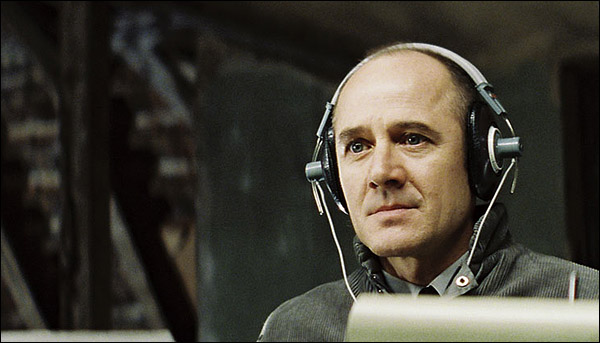
As Germany integrated its two halves back into a whole, stories began to emerge about life as it had been lived in the Eastern half behind the Iron Curtain for so many decades. One fact of the lives of those who lived in that time and place was the ever present Stasi, the secret police organization which regularly spied on citizens and was determined to ferret out those considered threats to the state. Out of the stories of this time came a superb film illustrating what life was like just before the curtain fell.
Top Stasi agent Wiesler (Ulrich Muhe) has been assigned to spy on prominent playwright Georg Dreyman (Sebastian Koch), even though the man had been cleared of any political suspicion long before. Wiesler soon learns that a top Stasi official covets the young actress (Martina Gedreck) in love with the playwright.
Wiesler, who believes in the political reasons behind his job, if horrified that he is being used in such a corrupt way for personal reasons. His superiors tell him that cooperation will lead to promotion but resistance can have very dire consequences indeed. Wiesler comes to feel great conflict over his duties and profound sympathy for Dreyman.
However, he also finds that in such a flawed and repressive political state trying to do the right thing amid a current of double crosses and betrayals motivated by self-preservation is quite difficult, if not impossible.
This very cerebral and surprisingly calm film was the feature debut of director-writer Florian Henkel von Donnersmarck, who grew up in East Germany. The film won many awards, including the Academy Award (the last German film to date to do so) and promised great things. Sadly, he has made but one (unsuccessful) film since but he still has time to fulfill the promise of this excellent political drama.
22. Volver (2006)
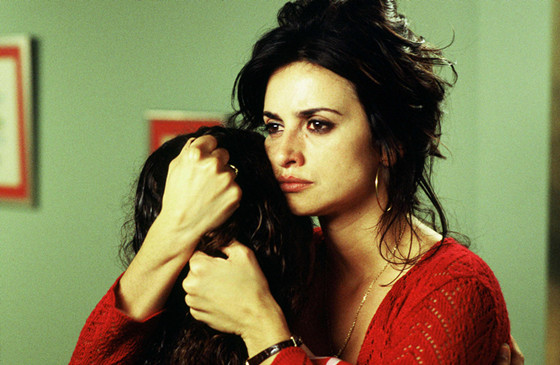
Almodovar had truly entered his golden age with the new century and his hits just kept coming. Though he had always had his stock company of actors, he was now building certain actors into stars. He had greatly helped Antonio Banderas but perhaps his greatest star was lovely Penelope Cruz. Though she had gone to Hollywood some time before starting to work with the director, her early days there were tentative and she wisely kept going back to Spain between US films.
Many in those times voiced the opinion that seeing her in her European films and in her Hollywood films was akin to watching two different actress who happened to look alike with the Spanish one being by far the better of the two.
Perhaps she just needed a bit more experience and confidence for her third film with Almodovar, which contained one of her best roles and performances ever, put her over the top and gave her the first Academy Award nomination ever for a Spanish actress in a Spanish film (she would later win, but, sadly, not for a Spanish film).
The film that brought this is Volver, which means “to return”. The return in this case is of the spirit of a long dead mother (early Almodovar favorite Carmen Maura, appropriately returning to the fold herself after a long time). The mother needs to tie up loose ends, not the least of which is making amends to the daughter (Miss Cruz) who hates her for a number of reasons. However, the daughter is a bit preoccupied due to her rather justifiable murder of her nasty husband and a complex related situation with her own daughter (Yohanna Cobo).
Yes, it’s an Almodovar film, all right. As ever, the wild plot deepens and attains human dimensions and becomes a loving meditation on the sisterhood of women (the characters also include sisters, aunts, friends, and rivals) and another superb effort.
The director-writer has always had a profound love of film and often patterns his films after certain cinematic styles. Here he goes for the neo-realist inspired emotions which marked Italian films of the 50s and 60s and instructed Miss Cruz to observe the methods of such performers as Anna Magnani and Sophia Loren.
This ignited something in her which seems to have caused her to break down the barrier of sweet timidity which had held her in check and set the stage for her to become the acclaimed actress she is today.
23. The Diving Bell and the Butterfly (2007)
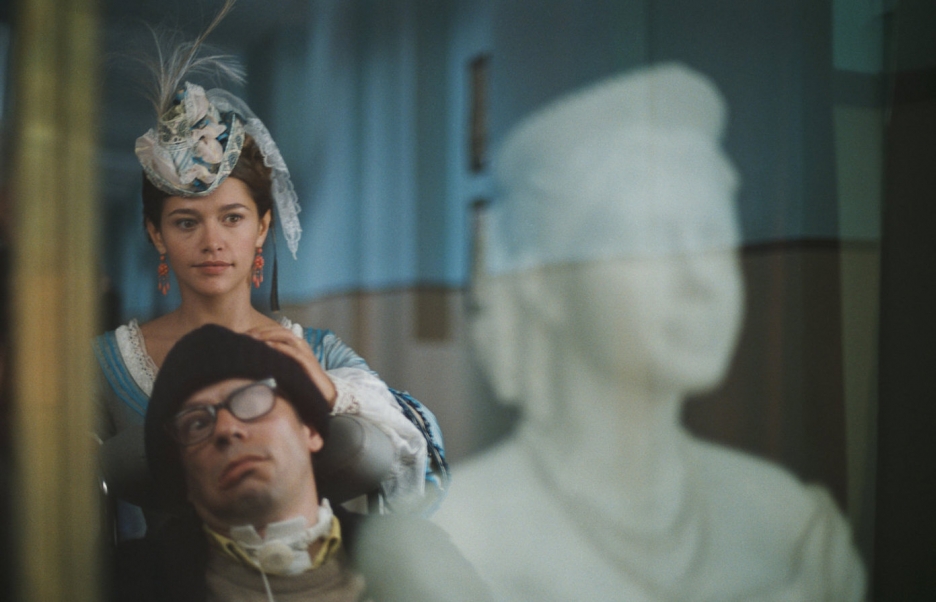
Much like The Sea Inside, The Diving Bell and the Butterfly tells the story of a man who has almost completely lost the use of his body, though not his spirit. However, the two films, both superb, are as different as the men at the heart of the separate films and those who chose to tell their stories.
The Diving Bell and the Butterfly, made in France and in French, is, oddly enough, the work of an American director, distinguish artist turned acclaimed director Julian Schnabel. Schnabel, who hasn’t directed that many films at all, specializes in biographies of what may be termed “tragic artists”, mostly writers.
The subject here is journalist Jean-Domonique Bauby, who suffered a stroke which left him in a coma for a month. The even worse news came when he awoke: a rare complication left him virtually completely paralyzed permanently, though his mind was left intact. Remarkably, he found a way, with the help of his speech therapist, to communicate using the blinking of a eye and wrote a memoir detailing his struggle!
The artist in Schnabel understood how the desire to create still lived in the shattered body (with Bauby likened to being trapped in a diving bell while still having the spirit of a butterfly). The film is told through the stricken man’s limited point of view, then shows the perspectives of those around them, and adds in Bauby’s memories, dreams and fantasies as he sums up a life which is ending (he died ten days after finishing the memoir).
The film featured fine performances from Mathieu Almaric as Bauby and Emmanuelle Seigner as his therapist partner. The skillful adaptation and expert direction won many plaudits and the film may well be considered the art house event of its year. Sadly, Schnabel seems to have wandered away from film in the years following this, his biggest success. However, where there’s life there’s hope….